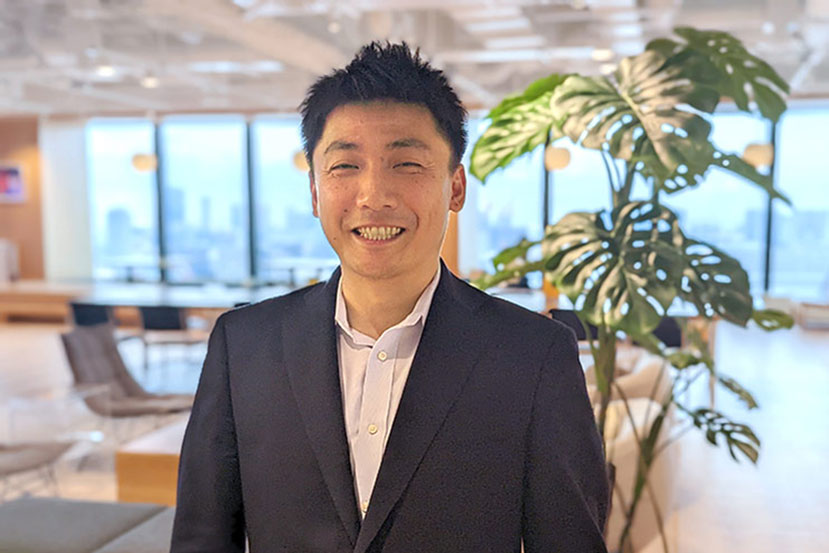SDGs actions: How smart buildings can create added value and reduce CO2 emissions

Due to the increasing prevalence of teleworking and other changes in working styles, people’s demands on offices and buildings have changed dramatically in recent years. Greater comfort for employees and support for different working styles are some requirements that are receiving increasing attention.
Although smart buildings – buildings that use technology and communication systems to optimize facility performance – are seen as a way to address these challenges, their implementation is still limited in Japan. The integration of existing building systems with the latest applications and the lack of personnel knowledgeable about building systems and digitalization are some of the obstacles to the adoption of smart buildings.
With this in mind, SoftBank Corp. (TOKYO: 9434) and architectural firm Nikken Sekkei Ltd. established a joint venture, SynapSpark Ltd., on December 1, 2023. SynapSpark is now working to turn buildings into “autonomous buildings” – smart buildings that evolve through the use of data.
Masahiro Furusawa of SynapSpark explained how SynapSpark increases the value of buildings.

Masahiro Furusawa
Solution Engineering Department, SynapSpark Ltd.
Masahiro Furusawa began his career in SoftBank’s mobile business in call center planning. In 2019, he moved to the Digital Transformation Department to conduct business planning for smart buildings. After planning the launch of SynapSpark, he now leads the company’s solution planning.
Involvement is required at the design stage to create optimal facilities
Nikken Sekkei and SoftBank founded SynapSpark in 2023 to lead the smart building market. Our partnership began in 2017 with collaboration on various field trials where we successfully optimized staff for building operations and improved energy efficiency, for example. Since then, the landscape has changed significantly, with increased efforts to decarbonize, encourage diversified work styles, and mitigate the potential impacts of increasingly severe natural disasters.
We concluded that solving these complex problems requires truly smart buildings. SynapSpark was founded to address these new challenges.
SoftBank’s headquarters in Takeshiba, Tokyo, is equipped with 1,400 IoT sensors and has a full-fledged 5G network and a facial recognition access system. However, since the decision to move was made after the design was completed, we found it challenging to fully utilize the data obtained from these IoT sensors as they are difficult to integrate with the building’s equipment. SynapSpark has learned from this lesson and is heavily involved in the early design stages of new buildings or old buildings to be renovated. We investigate and implement ways to optimize building operations.

The core of a smart building or autonomous building is its operational control system or “building operating system”. By implementing a building operating system and using the data collected, solutions can be provided for building operators and tenants. For example, some of the solutions we offer include autonomous cleaning robots and air conditioning controllers. If occupancy density and room temperature can be controlled automatically without human intervention, operating costs and electricity consumption can be reduced.
Increased value for buildings, even as they age

Typically, the value of various buildings, such as office buildings and apartments, decreases over time.
There are three main types of decay that occur in buildings: physical decay, functional decay, and social decay. Physical decay includes things like crumbling concrete or peeling paint. Functional decay includes things like elevators and security systems that are less effective compared to when the building was new. Social decay occurs when changes in the environment make the building less suitable for current needs.
While buildings inevitably suffer from wear and tear, in reality many are converted before they physically decay due to social deterioration. This is often due to changes in the environment and tenant needs causing the building to become obsolete, resulting in lower rental income and occupancy rates.
It seems wasteful to demolish and rebuild a building whose structural integrity is still intact just because it no longer meets current requirements.
Building a building requires long-term construction work, personnel, materials and significant costs. Recently, labor shortages have become a significant problem in the construction industry, making it extremely difficult to find workers. In addition, construction processes release a large amount of CO2, which is not good for the environment.
So how can we prevent rebuilding due to social deterioration? One answer is to transform existing buildings into smart buildings. Buildings equipped with a Building OS collect a lot of data. By effectively using this data to update the entire building, it can be made less prone to aging. Even after 10 years of use, a smart building can be more valuable than when it was built. A Building OS can play a crucial role in ensuring that the value of a building does not depend solely on surrounding environmental factors such as proximity to a train station or new facilities.
The idea of tracking residents’ movements with sensors has various applications. For example, it can be used to adjust cleaning frequency according to toilet usage, automatically adjust air conditioning according to people’s movement, and adjust garbage collection cycle according to occupancy. These things can only be achieved by collecting and using data.


The ultimate goal of smart buildings is not to simply install IoT sensors and implement a building operating system. The real goal is to make buildings truly user-friendly for tenants, workers and operators. For example, if the person operating the air conditioning finds it cumbersome, they will not use it in the long term. Our goal is to create systems and mechanisms that users enjoy and, through this work, alleviate labor shortages and reduce carbon emissions.
(Posted on August 21, 2024, original article posted on May 20, 2024)
by SoftBank News Editors
